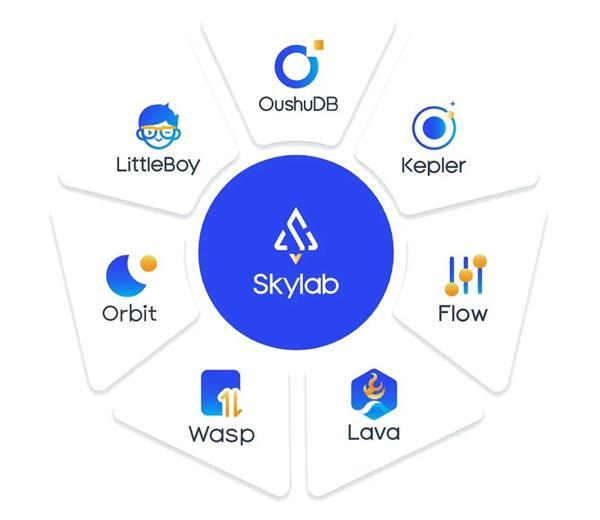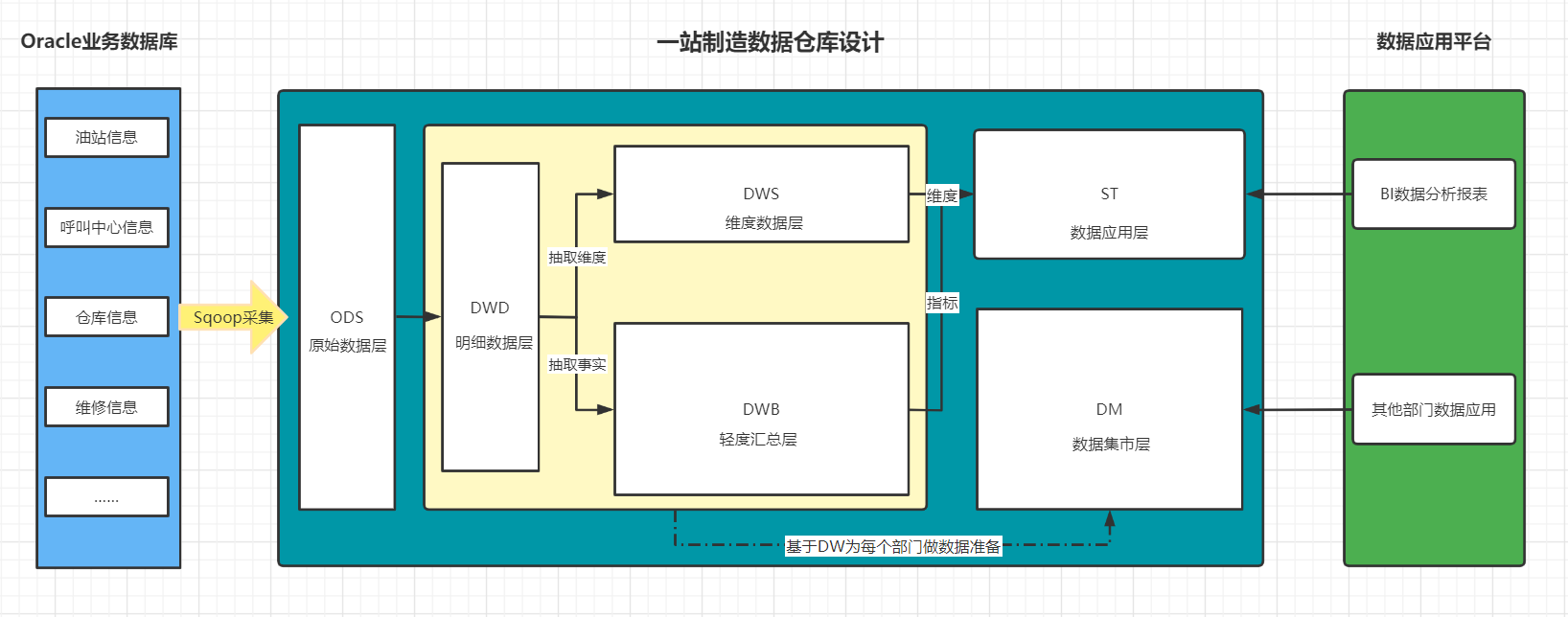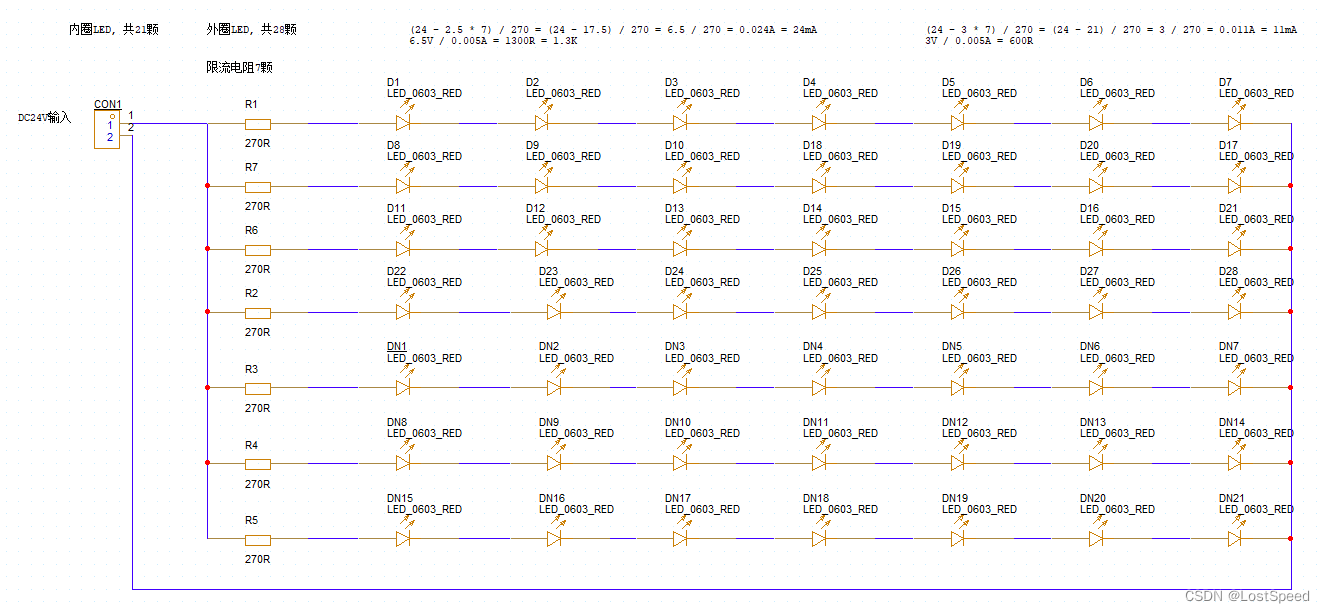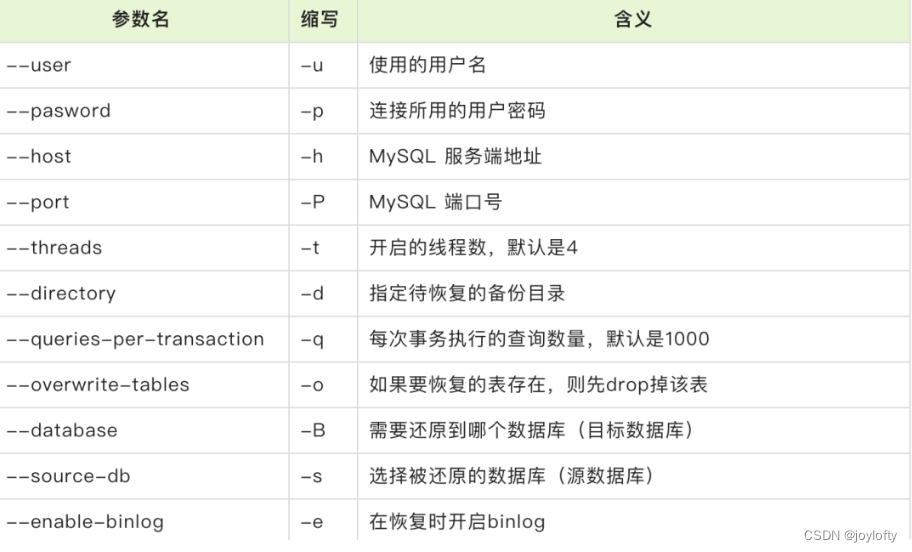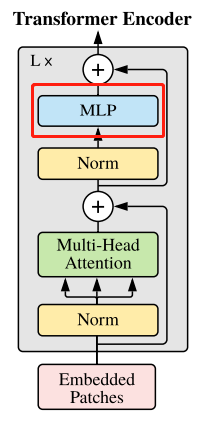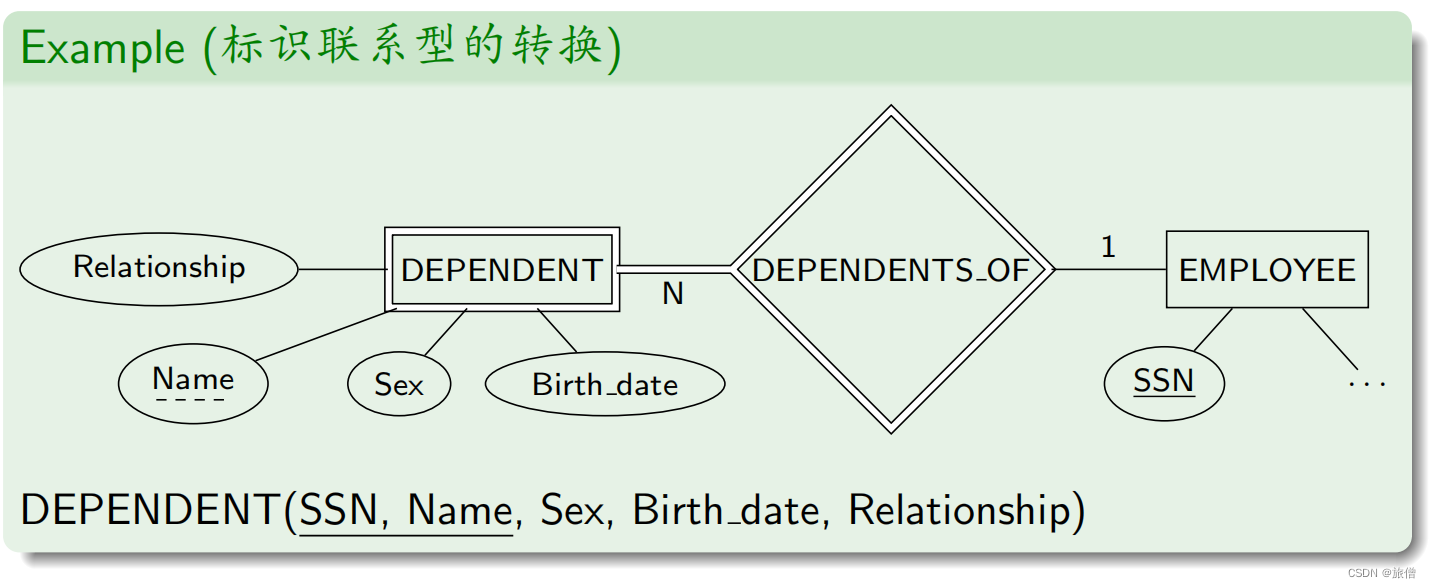#集合查询
概念:将不同的数据集合(SQL查询语句)按照集合的规则,拼接一个临时的,新的数据集合(表)
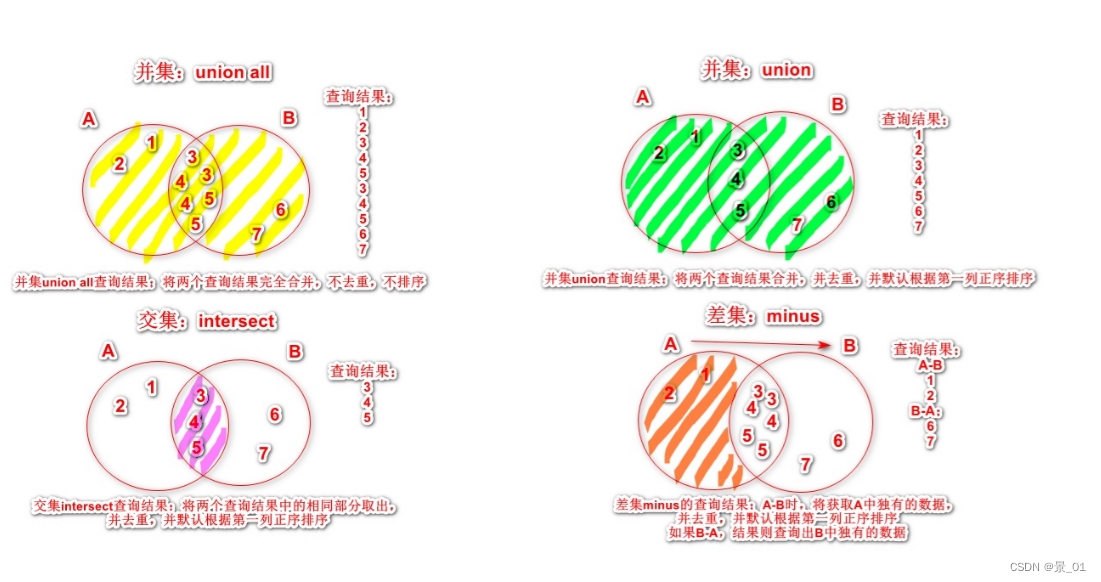
1.集合:并集、交集、差集
并集 union all
语法:select column1,COLUMN2…from table_name
UNION ALL
select column1,COLUMN2…from table_name
UNION ALL
select column1,COLUMN2…from table_name
UNION ALL 查询结果为合并结果,不去重,不排序
union 语法:
select column1,COLUMN2…from table_name UNION
union查询结果为合并结果,并去重,并默认根据第一行正序排序
2.交集
INTERSECT
语法:select column1,COLUMN2…from table_name
INTERSECT
select column1,COLUMN2…from table_name
INTERSECT
select column1,COLUMN2…from table_name
intrsect 查询结果为:获取两个结果中的相同部分,并去重,并默认第一行正序排序
3.差集
MINUS
语法:select column1,COLUMN2…from table_name
minus
select column1,COLUMN2…from table_name
minus
minusselect column1,COLUMN2…from table_name
minus 查询结果为:第一个结果减去第二个中相同部分,只获取结果中独有的数据,并去重,并默认根据第一列正序排序
—查询工资等于1250和等于3000的员工的编号,姓名,工资
select empno,ename,sal from emp where sal=1250 or sal=3000;
select empno,ename,sal from emp where sal in(1250,3000);
select empno,ename,sal from emp where sal= any(1250,3000);
select empno,ename,sal from emp where sal = 1250
union ALL
SELECT empno,ename,sal from emp where sal = 3000;
select empno,ename,sal from emp where sal = 1250
union
SELECT empno,ename,sal from emp where sal = 3000;
—查询工资大于1600的员工信息和工资小于3000的员工信息的同样部分
select * from emp where sal>1600 and sal<3000;
SELECT * from emp where sal>1600
INTERSECT
SELECT * from emp where sal<3000;
SELECT job from emp where sal>1600
INTERSECT
SELECT job from emp where sal<3000;
SELECT empno,job from emp where sal>1600
INTERSECT
SELECT empno,job from emp where sal<3000;
—查询工资大于1300的员工和工资小于3000的员工中查询小于1300的独有的信息
select * from EMP where sal>1300
MINUS
SELECT * from EMP where sal<3000;
select * from EMP where sal<3000
MINUS
select * from EMP where sal>1300
----查询集合结果的显示
select empno 员工编号,ename,job from emp where sal>1000
UNION
select empno,enme,job from emp where sal<1600;
—如果查询列数不一致——————不可以,结果列数不一致,报错
select empno ,ename,job,sal from emp where sal>1000
UNION
select empno,enme,job from emp where sal<1600;
—数据类型不一致,报错
select empno ,ename,job,sal from emp where sal>1000
intersect
select ename,empno,job,sal from emp where sal<3000;
select empno ,ename,job,sal from emp where sal>1000
MINUS
select sal,job,empno,empno from emp where sal<3000;
注意:
查询结果列名为第一个查询结果列名为准
2.查询结果列数必须一致
3.查询结果顺序要一直,数据类型要一致
重点:
1.UNION 和 union ALL union :排序去重,union all :不排序 不去重
2.union/intersect/minus 均会按照第一个列升序去排序,去重
3.minus 用于查询集合中的独有数据
4.minus签后集合的顺序不同影响返回结果
5.集合操作时候注意:集合的列的数据类型和个数要一致
附加:
查询10号部门独有的工作和查询20号部门独有的工作并吧这些合并查询
#练习题
1.查询部门编号是10,20的员工信息
select * from EMP where deptno=10 or deptno=20;
select * from EMP where deptno in(10,20);
select * from emp where deptno=any(10,20);
select * from EMP where deptno=10
union all
select * from EMP where deptno=20;
2.查询员工信息,职位是CLERK或者SALESMAN或者ANALYST
select * from emp where job=‘CLERK’
UNION
SELECT *from EMP where job=‘SALESMAN’
union
SELECT *from EMP where job=‘ANALYST’
3.查询薪资是800 950 的员工信息
select * from emp where sal=800
union ALL
select * from emp where sal=950
4.查询上级编号7902、7698的员工信息
select * from EMP where empno=7902
union all
select * from EMP where empno=7698
5.员工工资不是 800和1600的员工信息
select * from emp where sal!=800
INTERSECT
select * from emp where sal!=1600
6.查询员工薪资为1000到3000的员工信息
select * from EMP where sal>1000
INTERSECT
select * from emp where sal<3000;
7.查询员工编号在7500到7700之间的员工
select * from emp where empno>7500
INTERSECT
select * from emp where empno<7700;
8.查询姓名是以A开头的、薪资在1000到1500之间的员工
select * from emp where ename like ‘A%’
INTERSECT
select * from EMP where sal>1000
INTERSECT
select * from emp where sal<1500;
9.查询薪资在1000-3000之间,并且部门编号是10或者20
select * from EMP where sal>1000
INTERSECT
select * from emp where sal<3000
INTERSECT
select * from EMP where deptno=10
UNION all
select * from EMP where deptno=20;
10.查询(部门编号是20并且工作岗位是CLERK的员工) ,或者薪资大于3000的员工
select * from EMP where deptno =20
INTERSECT
select * from EMP where job=‘CLERK’
union all
select * from emp where sal>3000
11.查询没有员工的部门编号
SELECT * from dept where deptno not in (select DISTINCT deptno from emp)
12.查询30号部门中有,10部门没有的岗位名称
select DISTINCT job from EMP where deptno=30
MINUS
select DISTINCT job from EMP where deptno=10
13查询10号部门独有的工作和查询20号部门独有的工作并把这些合并查询
select DISTINCT JOB from emp where deptno=10
MINUS
select DISTINCT JOB from emp where deptno=20
MINUS
select DISTINCT JOB from emp where deptno=30
union
select DISTINCT JOB from emp where deptno=20
MINUS
select DISTINCT JOB from emp where deptno=10
MINUS
select DISTINCT JOB from emp where deptno=30



